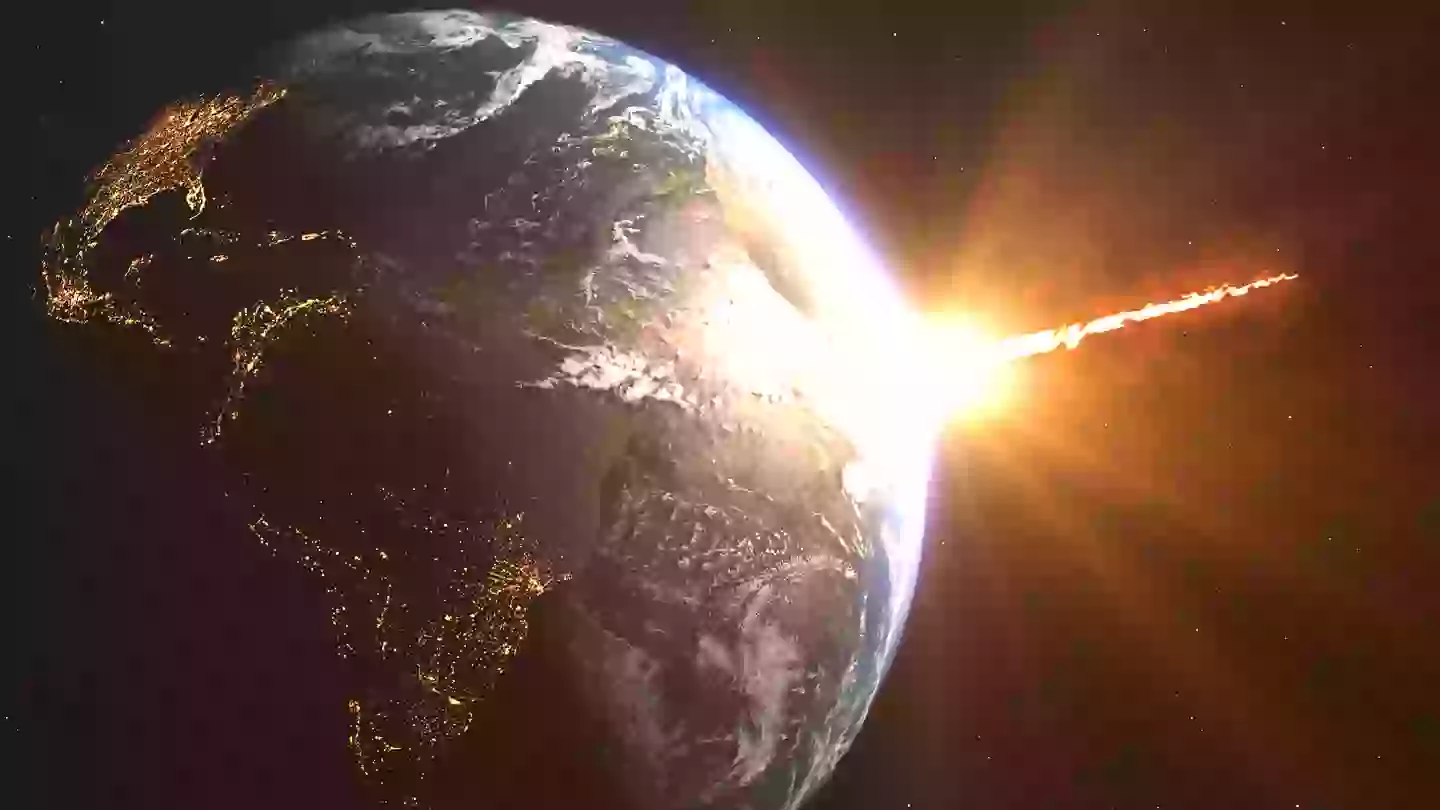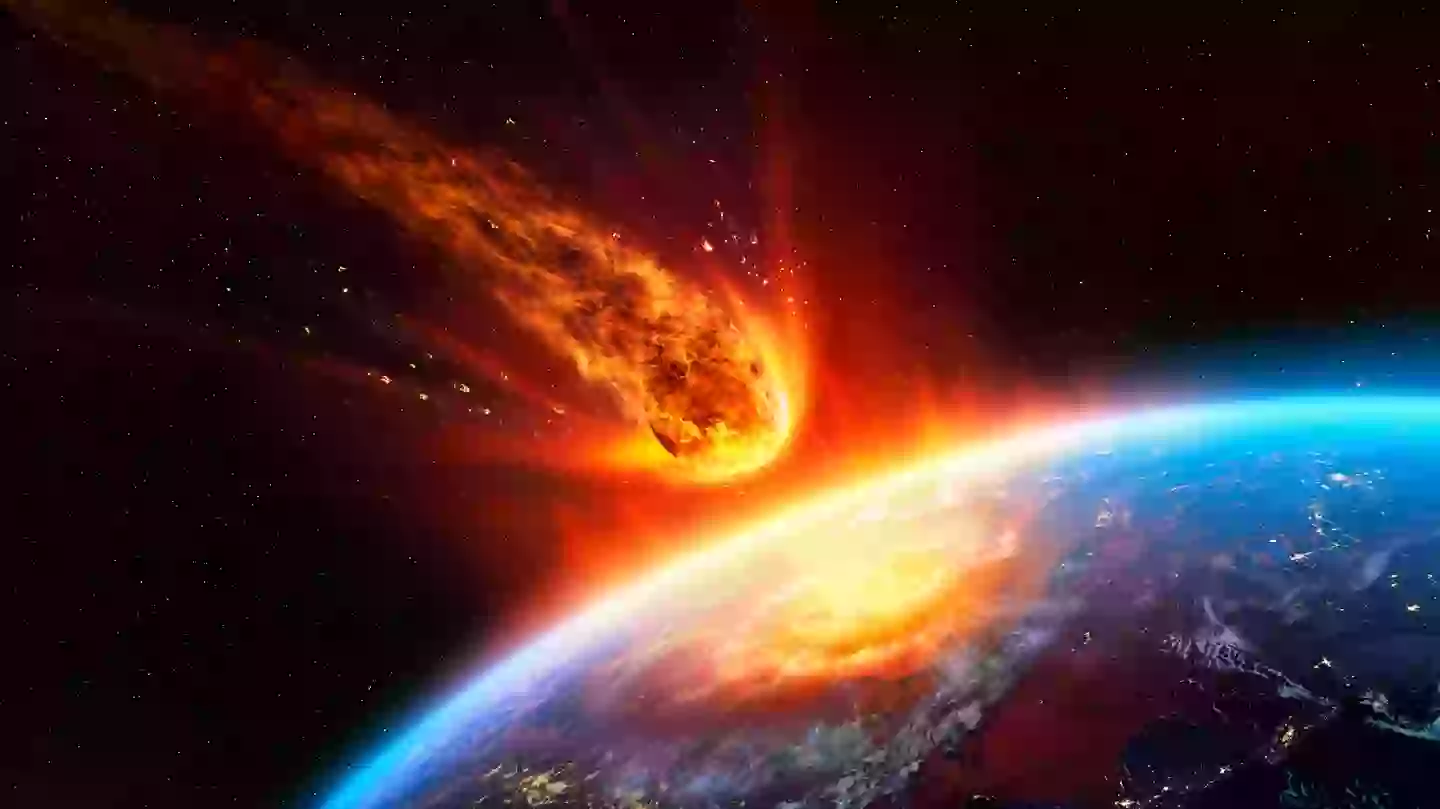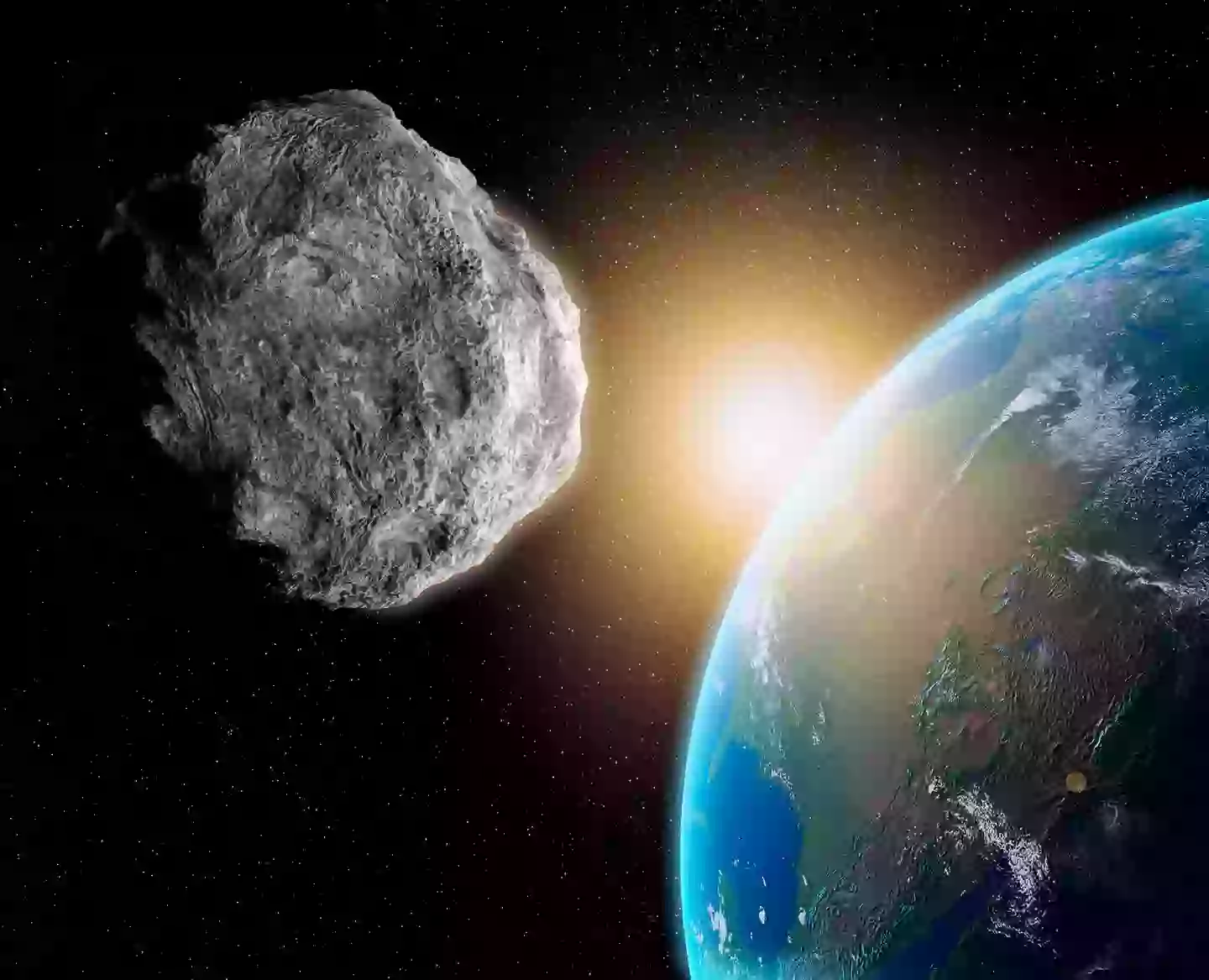
NASA has officially upgraded the chances of the 'city-destroying' asteroid hitting Earth in just seven years from now.
Scientists say the much-talked about Asteroid 2024 YR4 could come crashing into the Earth on December 22, 2032, and the damages could be costly.
Reports suggest it could be as big as the Statue of Liberty, so it's important scientists tread carefully when it comes to how best to approach things.
Advert
As for where it could hit Earth, David Rankin, who works as an operations engineer for the University of Arizona's Catalina Sky Survey, is predicting it to collide anywhere around northern South America, across the Pacific Ocean, southern Asia, the Arabian Sea, and Africa.

That would mean that India, Pakistan, Bangladesh, Ethiopia, Sudan, Nigeria, Venezuela, Colombia, and Ecuador would be at risk of taking the brunt of the impact.
Now we know where the asteroid could hit, what are the chances it will actually could plummeting down onto our planet in 2032?
Advert
Well, the possibility is seemingly increasing by the week.
Earlier this month, scientists over at NASA increased the likelihood of Asteroid 2024 YR4 colliding from 1.2 percent to 2.3 percent.
And now, the space agency has quietly upped the chances further to 2.6 per cent, which is a 1-in-38 chance.
Nasa’s Center for Near Earth Object Studies ranks the asteroid at a three on the Torino Scale, which combines the likelihood of an impact alongside the danger it would cause, according to the Independent.
Advert
10 on the scale would result in a devastating impact globally, similar to the one that wiped out the dinosaurs.
There's even a 0.3 percent chance the asteroid could hit the Moon.

And if that unlikely collision was to occur, the impact it would have on us is actually minimal.
Advert
"There is the possibility this would eject some material back out that could hit the Earth, but I highly doubt it would cause any major threat," Rankin told New Scientist.
Gareth Collins, of Imperial College London, added: "We would be quite safe on Earth. Some small ejecta fragments might reach Earth, but [would be] totally harmless."
These 'fragments' would ultimately burn up in the atmosphere, according to the expert - meaning no harm done for us on Earth.
The Double Asteroid Redirection Test (DART), a mission dedicated to investigating and demonstrating one method of asteroid deflection by changing an asteroid’s motion in space through kinetic impact, is primarily being used to help experts better understand the asteroid.